Struggling to pick the right kitchen doors for your project? The sheer number of options can be paralyzing. I’ll help you simplify the process and make a confident choice.
To choose a kitchen door, first match it to the overall kitchen style, like modern or traditional. Then, select a door style, such as the popular Shaker or a flat slab. Finally, decide on materials, color, and hardware based on your project’s budget and durability needs.
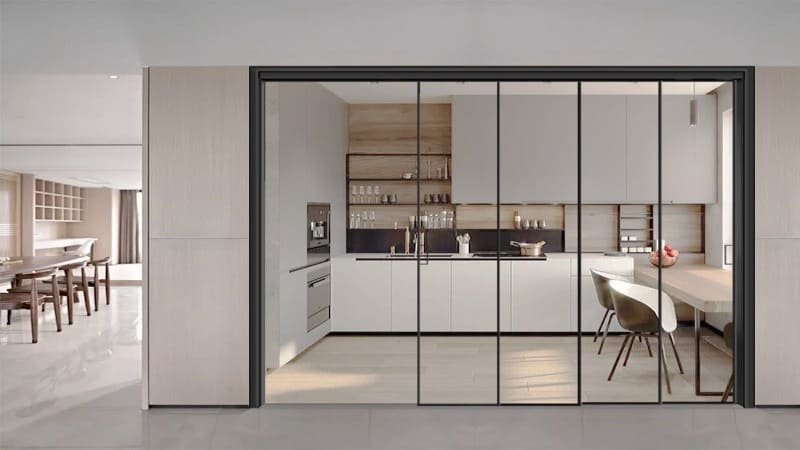
I’ve been in the hardware manufacturing business for a long time, and I’ve learned that the right cabinet door and hardware can make or break a kitchen design. It’s not just about looks; it’s about functionality, longevity, and ultimately, the value you deliver to your customer. Getting these details right from the start saves time, money, and headaches down the road. Let’s walk through the key decisions you need to make to select the perfect kitchen door for any project.
Which type of door is best for a kitchen?
You need doors that look great but can also withstand daily use. With so many materials, how do you choose? I will show you which types offer the best performance.
The best door type depends on your project’s budget and style. For excellent durability and a premium feel, solid wood is a classic choice. For a stable and cost-effective option, high-quality MDF is great. Full overlay doors create a modern, seamless look, which is very popular now.
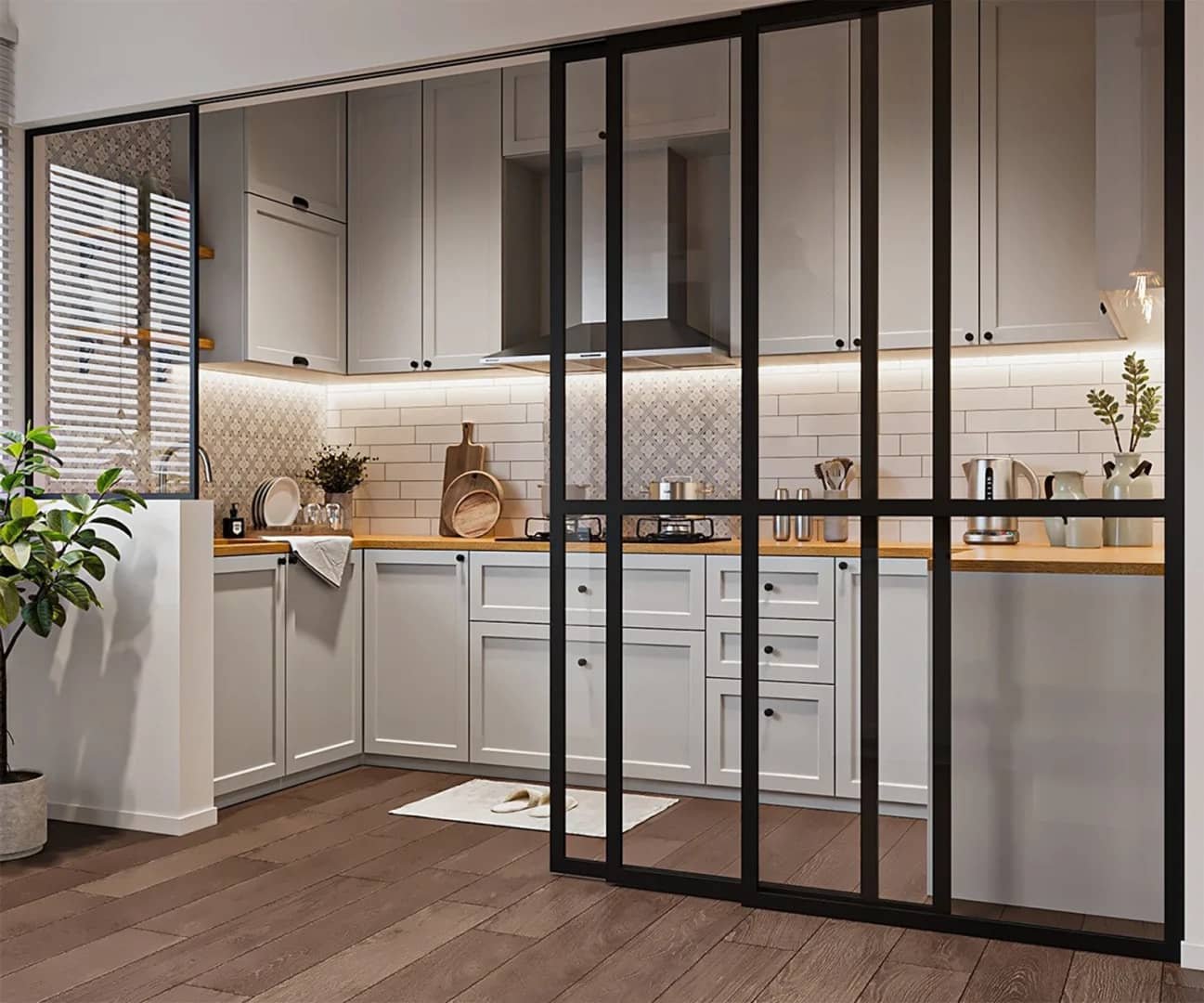
In my experience as a factory owner, choosing the right material and construction is the most critical step. This decision affects not just the final look but also the long-term performance and the project’s bottom line. For B2B clients like contractors and furniture factories, understanding these trade-offs is key to success.
Material Matters
The material is the foundation of the door. Each one has its place, depending on the client’s needs.
- Solid Wood1: Offers a timeless, high-end look and is very durable. It can be sanded and refinished, but it may warp with humidity changes.
- MDF (Medium-Density Fiberboard): Very stable and won’t warp like wood. It provides a perfectly smooth surface for painting, making it ideal for modern, solid-color kitchens.
- Laminate/Thermofoil: These are budget-friendly options where a thin layer of material is applied over an MDF core. They are easy to clean but can be difficult to repair if scratched or chipped.
Construction Types Explained
How the door sits on the cabinet frame—its construction type—defines the kitchen’s overall style.
| Construction Type | Description | Best For |
|---|---|---|
| Full Overlay2 | The door completely covers the cabinet frame. | Modern, minimalist, and seamless designs. |
| Partial Overlay | The door partially covers the frame, leaving some of it visible. | Traditional styles and budget-conscious projects. |
| Inset | The door sits inside the cabinet frame, flush with the front. | High-end, custom, and classic furniture-style kitchens. |
From our production lines, we see a huge demand for hardware compatible with full overlay doors. It’s the go-to for a clean, contemporary look that appeals to a wide market.
What is the most popular kitchen door style?
You want to choose a style that appeals to many customers and won’t look dated soon. Trends can be risky. Let’s focus on a design that has proven its lasting appeal.
By far, the Shaker-style door is the most popular. Its simple, functional design, with a five-piece frame and a recessed center panel, works in almost any kitchen. From modern farmhouse to sleek transitional spaces, its versatility makes it a consistently safe and stylish investment for any project.
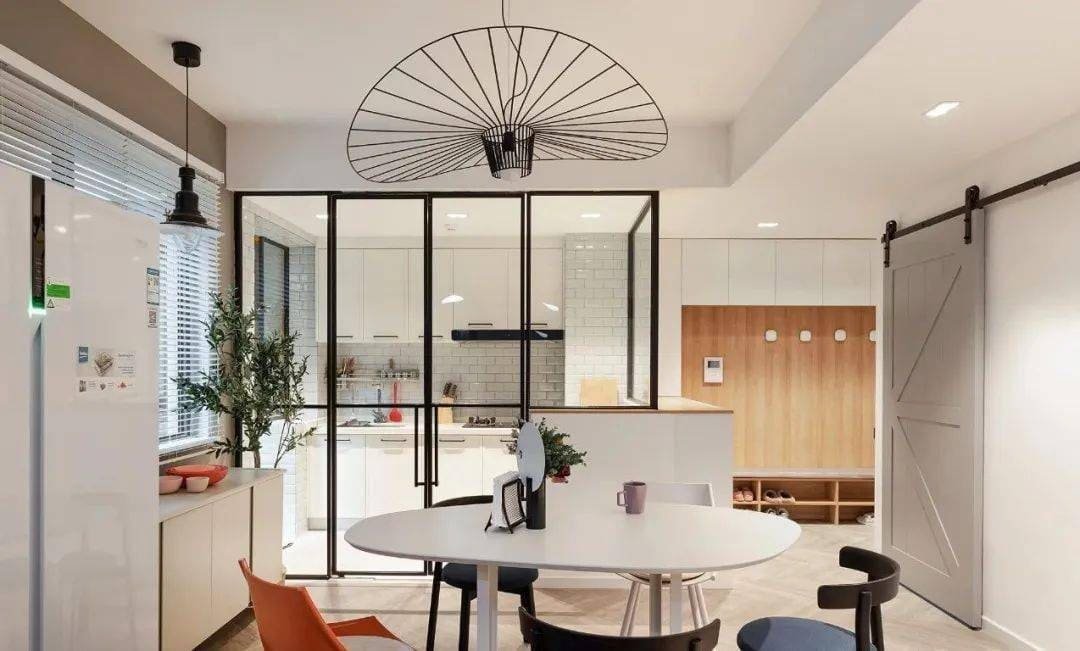
The Shaker style has been a top seller for years, and I don’t see that changing anytime soon. Its simplicity makes it a perfect canvas. You can change its entire personality just by switching out the hardware, which is a huge benefit for designers and builders. It allows for easy updates without requiring a full renovation.
Why Shaker Doors Dominate
The appeal of the Shaker door is its incredible flexibility. It strikes a perfect balance between traditional detail and modern simplicity. It’s not too plain, and it’s not too ornate. This middle-ground approach allows it to blend seamlessly into various design aesthetics. As a hardware manufacturer, we produce a wide range of pulls, knobs, and hinges specifically because they pair so well with Shaker cabinets3. It’s a reliable choice that our B2B customers, from door factories4 to contractors, count on for their projects.
Other Notable Styles
While Shaker reigns supreme, other styles have their a place in the market. Knowing them helps you cater to specific tastes.
| Door Style | Description | Best For | Hardware Pairing |
|---|---|---|---|
| Shaker | A five-piece door with a recessed center panel. | Traditional, Transitional, Modern | Bar pulls, knobs, cup pulls |
| Slab (Flat-Panel) | A single, solid flat piece with no ornamentation. | Modern, Minimalist, Scandinavian | Sleek bar pulls, handleless systems |
| Raised Panel | The center panel is raised to be level with the door frame. | Formal, Traditional, Classic | Ornate knobs, detailed pulls |
We often advise clients that if they are building for a speculative market, Shaker is the safest bet. For a custom, modern home, slab doors are an excellent choice.
Should kitchen cabinets be lighter or darker than walls?
Choosing colors for cabinets and walls can be tricky. A bad combination can make a kitchen feel cramped or unbalanced. I’ll give you a straightforward guideline to make the right call.
There isn’t one strict rule, but a common approach is to create contrast. For an open and airy feel, especially in smaller kitchens, use lighter cabinets with slightly darker walls. For a bold, dramatic effect that makes the cabinets a focal point, use darker cabinets with lighter walls.
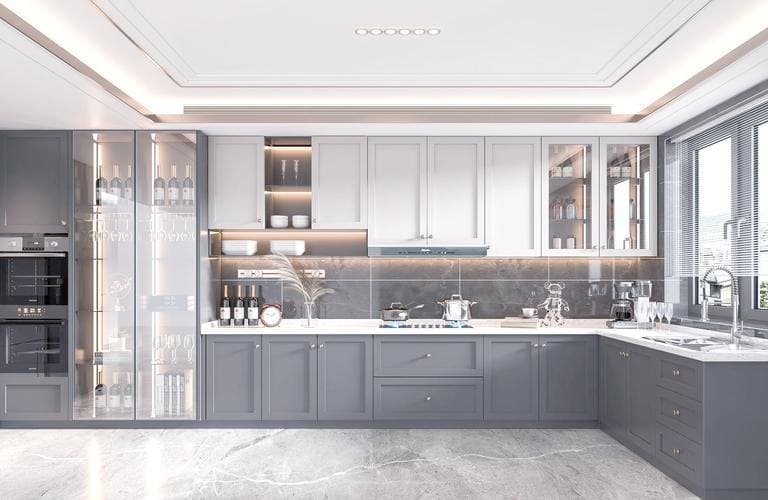
The goal is to create a balanced and intentional look. You don’t want the colors to fight for attention. I always suggest thinking about three main surfaces: the cabinets, the walls, and the floor. If two of them are light, the third can be dark to ground the space. If two are dark, the third should be light to prevent the room from feeling too heavy. This simple rule helps create a cohesive design that feels professional and well-planned. Remember that lighting, both natural and artificial, will also play a huge role in how these colors appear in the final space.
Exploring Color Combinations
Let’s break down the most common strategies. Each creates a different mood and suits different types of spaces. Understanding these options will help you guide your clients to a decision that fits their vision and the physical layout of their kitchen.
| Combination | Effect | Best For |
|---|---|---|
| Light Cabinets / Darker Walls5 | Makes the kitchen feel larger and brighter. The cabinets stand out. | Small kitchens, spaces with limited natural light. |
| Dark Cabinets / Lighter Walls | Creates a sophisticated, grounded, and luxurious look. | Larger kitchens, creating a bold statement or focal point. |
| Monochromatic (Similar Tones)6 | Produces a seamless, calming, and modern aesthetic. | Minimalist designs where you want a clean, unified look. |
The Role of Countertops and Floors
Don’t forget other key surfaces. A dark countertop can ground light cabinets, while a light countertop can provide a nice contrast on a dark cabinet island. Similarly, the flooring material and color are crucial. A dark wood floor with dark cabinets can feel overwhelming unless the walls and countertops are very light. When I work with procurement managers like Jacky, we often discuss not just the hardware finish but how it will tie the cabinets, countertops, and appliances together into a complete package.
What cabinets are out of style?
You want your project to have lasting appeal, not look dated in five years. Investing in a passing trend is a costly mistake. I’ll point out the cabinet styles you should avoid right now.
Cabinet styles that are considered out of style include heavily ornate designs with ropes and intricate details, overly distressed or antiqued finishes, and certain wood tones like honey oak or dark red cherry. Short upper cabinets that leave a gap below the ceiling are also seen as dated.
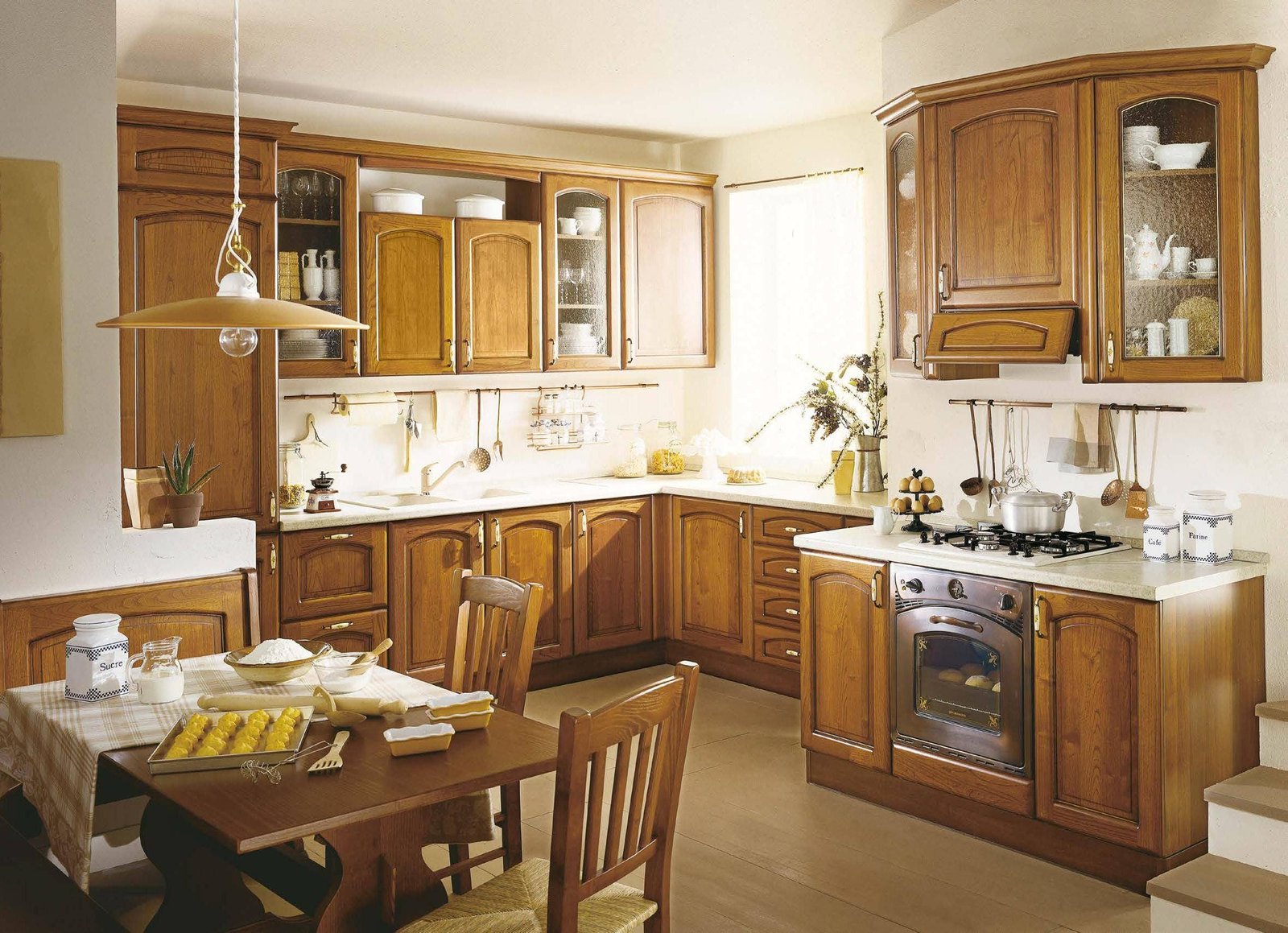
As a manufacturer, we see these trends reflected directly in our orders. The demand for ornate, heavy hardware has decreased significantly over the last decade. Instead, our clients are requesting clean, simple hardware in finishes like matte black, brushed nickel, and satin brass. The market has shifted toward a "less is more" philosophy. Homeowners and designers want kitchens that are bright, functional, and easy to maintain. Choosing a classic, simple cabinet style ensures the project will hold its value and appeal for years to come, which is the ultimate goal for any builder or remodeler.
Why Styles Change
Kitchen design trends move toward simplicity, functionality, and a connection to nature. Today’s buyers want spaces that feel open and uncluttered.
- From Ornate to Simple: The heavy, Tuscan-inspired kitchens of the early 2000s have been replaced by the clean lines of Scandinavian and modern design. Intricate details have given way to the simple elegance of a Shaker or slab door.
- From Distressed to Natural: The artificial "shabby chic" look has been replaced by an appreciation for natural wood grains and authentic textures. Instead of a fake aged finish, designers are opting for light-stained white oak or rich walnut.
- From Warm Reds to Cool Tones: The once-popular honey oak and red cherry woods have been pushed aside by neutral painted finishes (whites, grays, greens) and more subdued, natural wood tones.
What’s In Style Now?
To stay current, focus on these elements:
| In Style | Description |
|---|---|
| Clean Lines7 | Shaker and slab doors remain top choices for their simplicity. |
| Natural Wood Tones8 | Light oak and walnut bring warmth and texture without feeling heavy. |
| Painted Finishes | White is timeless, but blues, greens, and dark grays are very popular. |
| Minimalist Hardware | Sleek bar pulls and simple knobs are preferred over ornate hardware. |
| Full-Height Cabinets | Cabinets that extend to the ceiling maximize storage and create a clean, custom look. |
When you focus on these timeless elements, you create a kitchen that feels both current and classic.
Conclusion
Choosing the right kitchen door comes down to matching style, function, and budget. Follow these steps to select doors that will provide lasting value and a fantastic look.
Explore the advantages of Solid Wood doors, including durability and aesthetic appeal, to make an informed choice for your home. ↩
Learn about Full Overlay construction to understand how it enhances modern kitchen designs and maximizes visual appeal. ↩
Explore the advantages of Shaker cabinets, known for their versatility and timeless appeal, perfect for various design styles. ↩
Learn about the manufacturing process of Shaker doors in door factories, ensuring quality and craftsmanship in your projects. ↩
Explore how this combination can enhance space perception and brightness in kitchens. ↩
Discover the calming and modern effects of a monochromatic palette in kitchen designs. ↩
Discover how clean lines contribute to a minimalist aesthetic, creating a spacious and uncluttered kitchen environment. ↩
Explore the advantages of natural wood tones to enhance warmth and texture in your kitchen, making it feel inviting and stylish. ↩

